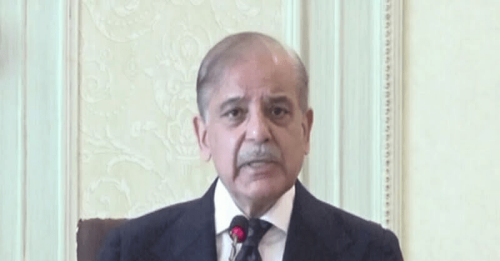Conduct layoffs with compassion
Layoffs during the pandemic are different; due to social distancing, they can’t happen in person. If you must oversee layoffs remotely, take extra care to break the news with compassion. Your aim is to treat people with dignity, fairness and respect. Offer a short explanation about the economic conditions that led to the decision. Stress that the dismissal is not the employee’s fault, but a result of an unprecedented global crisis. Provide information on how your employee can apply for government benefits. Offer to serve as a reference for future applications, and share leads about any opportunities that you’re aware of. Even if you’re experiencing guilt and sadness, don’t make the conversation about you. Resist the temptation to say, “this is hard for me.” Instead, find a peer or mentor to help you talk through your feelings at another time. As a manager, it’s your responsibility to be fully there for your people, especially when you’re conveying devastating news.
(This tip is adapted from “How to Manage Coronavirus Layoffs With Compassion,” by Rebecca Knight.)
Focus your writing with these 3 tips
Writing under deadline pressure is always a challenge, but all that last-minute tinkering ultimately won’t help much if your larger message isn’t clear. Replacing the word “purchase” with “buy” would be like rearranging the deck chairs on the Titanic. Instead, take a step back and follow these three tips. First, ask yourself: do I get right to the point? You need to lead with your central message to focus your reader’s attention. Give enough detail to contextualise your main point and cut the rest. Second, make sure your topic sentences — the first lines of each paragraph — give the reader a sense of what’s coming. These lines shouldn’t just be descriptive (“I met with the client at his office in Boston”), they need to communicate the most important information (“My meeting with the client focused primarily on plans for future growth”). Third, use active voice, not passive voice, whenever possible. Jack made a mistake is better than “A mistake was made” — unless, of course, you don’t want to tell on Jack. If you use these three strategies during the writing process, you shouldn’t need to do as much last-minute tinkering in the future.
(This tip is adapted from “3 Ways to Make Your Writing Clearer,” by Jane Rosenzweig.)
Leaders, don’t just respond to the moment
When you’re in the midst of a crisis, it can be hard to think past your short-term response. But, as a leader, your primary focus needs to be on the long term. After all, it’s your job to lead your people into the best possible future. To be able to do that, you need to delegate. Trust your people to handle the immediate response, and provide them with support and guidance to make tough decisions. Your time should be dedicated to planning for the future. You need to anticipate the obstacles that will arise in the next weeks, months, and even years, and set a course for your organisation accordingly. If you can focus on what lies ahead, you’re more likely to emerge from the crisis stronger than before.
(This tip is adapted from “Are You Leading Through the Crisis … or Managing the Response?” by Eric J. McNulty and Leonard Marcus.)
Design your agenda around questions
A good agenda is the first step to any successful meeting. If you want to make the best use of everyone’s time, turn your bullet points into questions that drive to the outcomes you’re looking for. For example, instead of a general topic like “budget problems,” try a specific question like, “how will we reduce our spending by $100,000 by the end of the fiscal year?” Or replace an item like “strategic planning” with a challenge like, “what is the key market threat we need to be aware of, how could it affect us and what can we do to anticipate?” Preparing these questions before the meeting will make it easier to determine who should be there and how much time you’ll really need. Ultimately, a questions-based approach to your agenda can bring focus, engagement, and better performance to your meetings. And if you can’t think of questions to ask, maybe you don’t need that meeting after all!
(This tip is adapted from “How to Create the Perfect Meeting Agenda,” by Steven G. Rogelberg.)
Published in Dawn, The Business and Finance Weekly, May 11th , 2020















































Dear visitor, the comments section is undergoing an overhaul and will return soon.